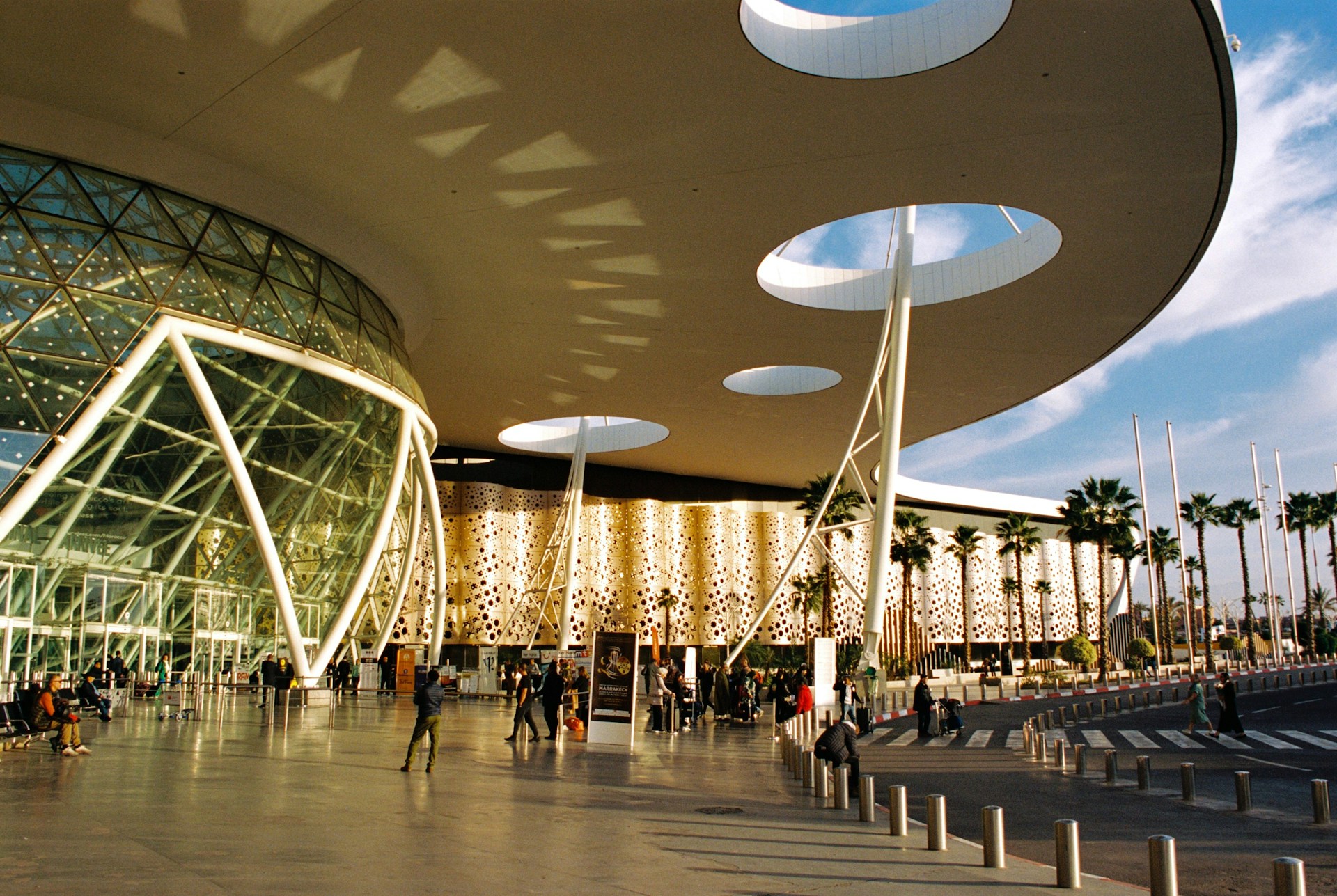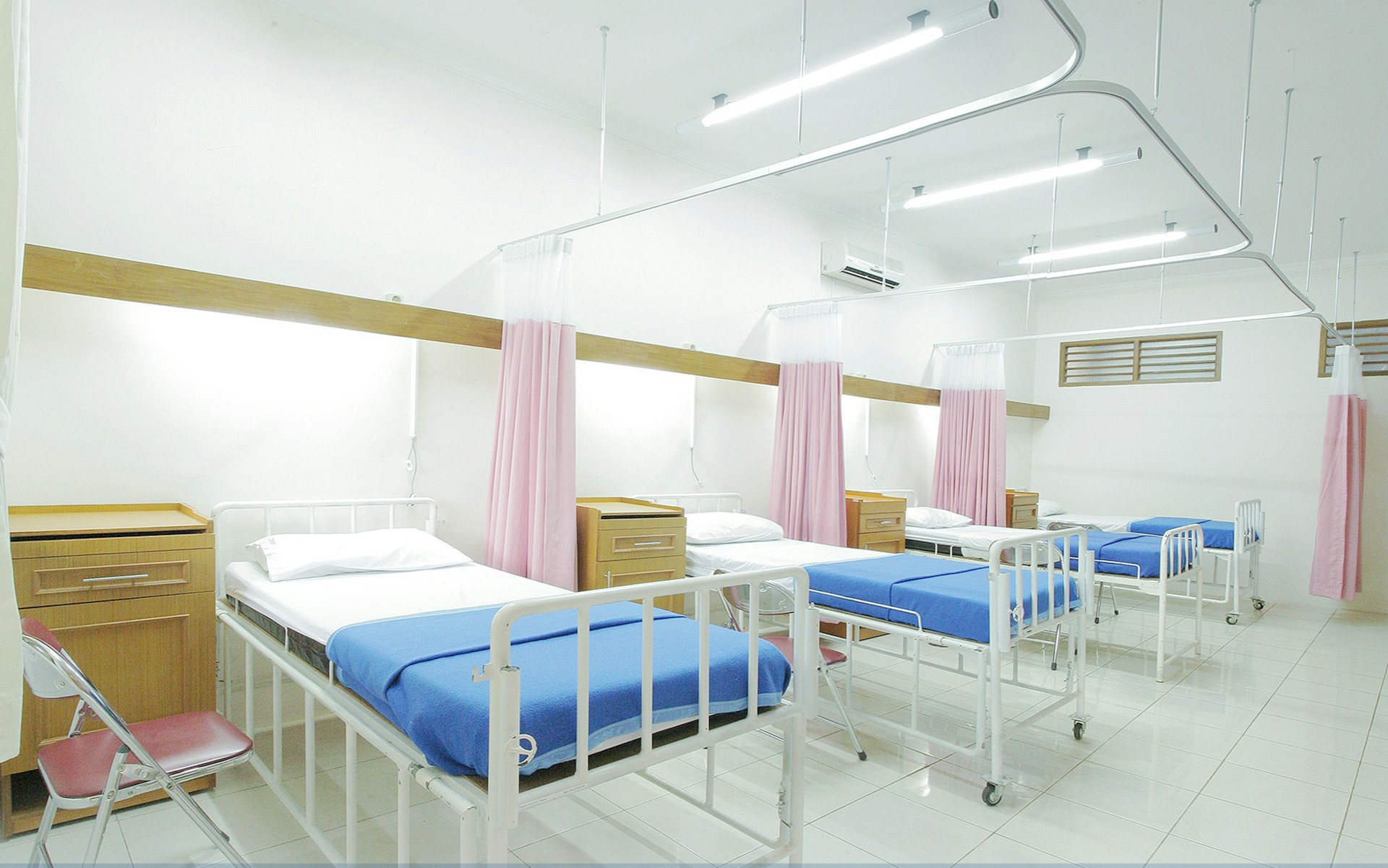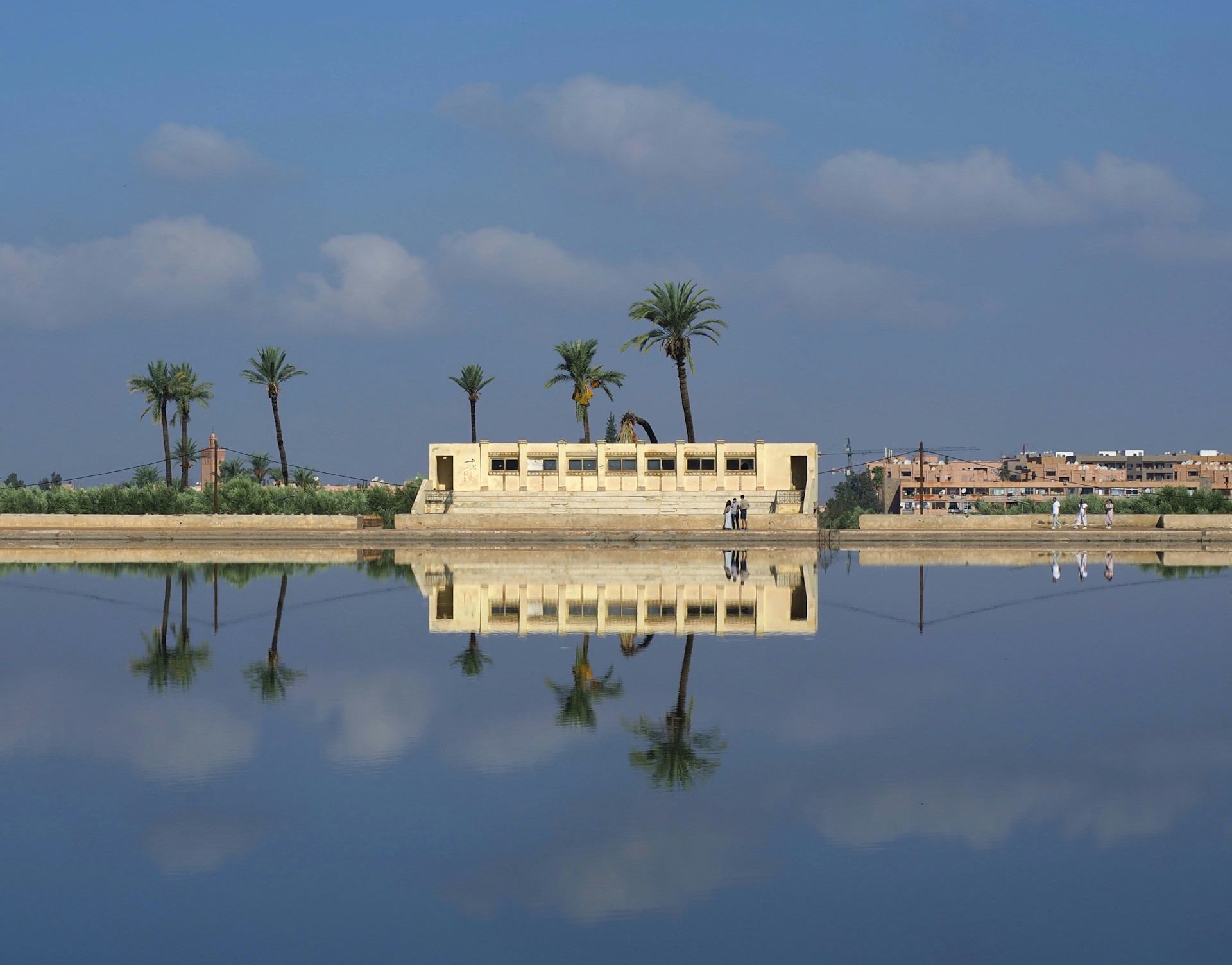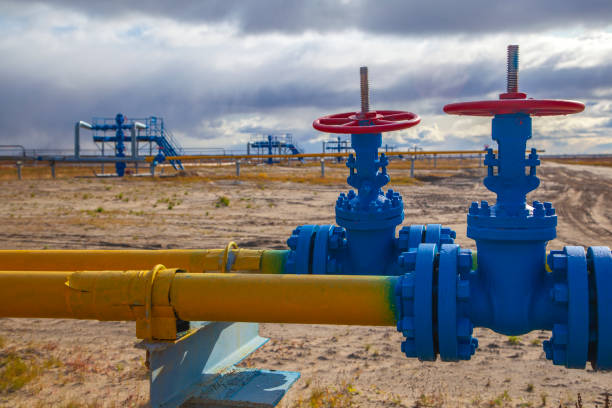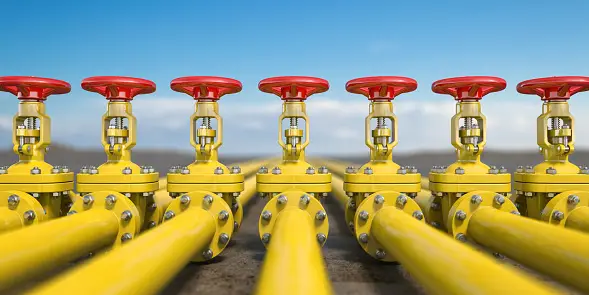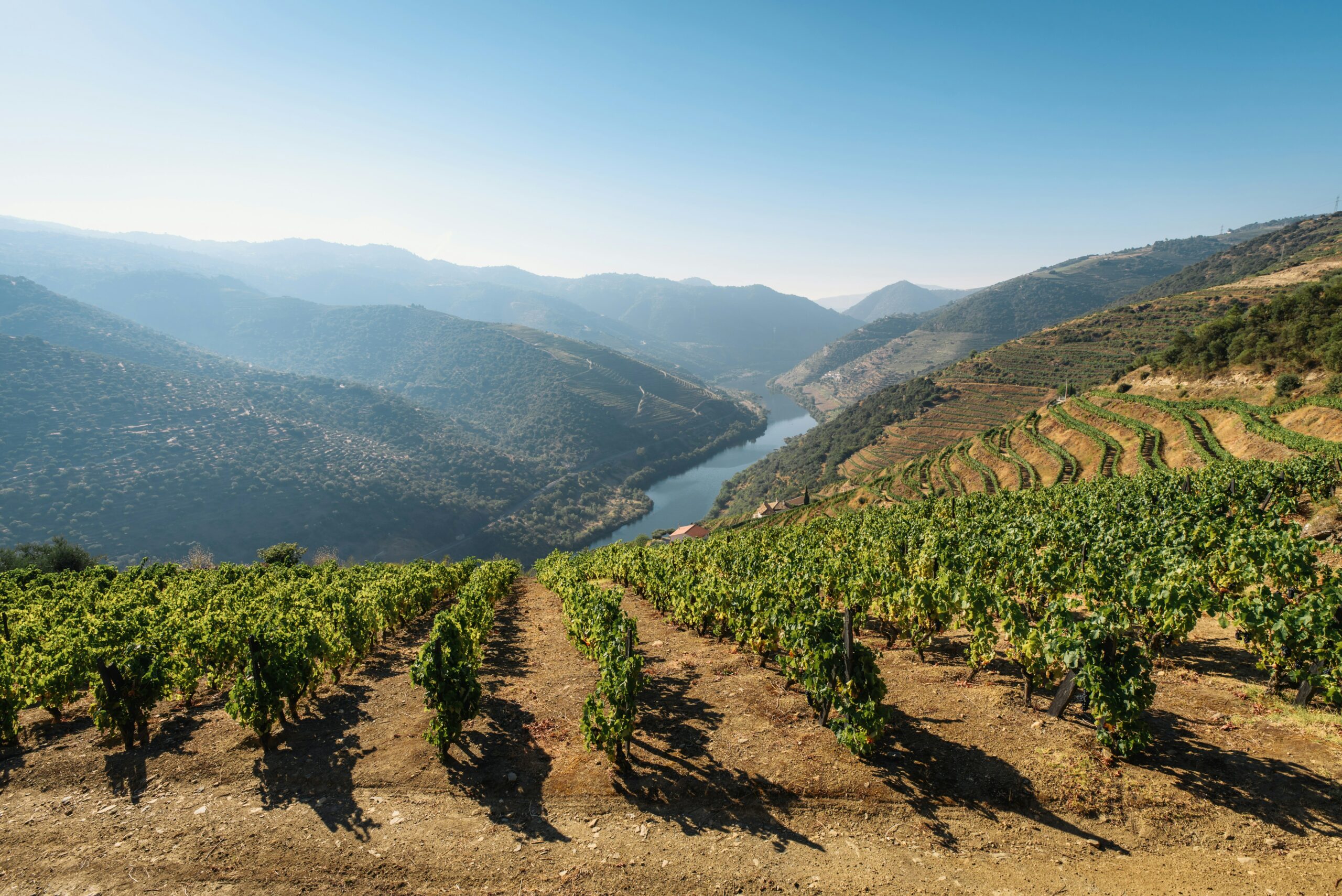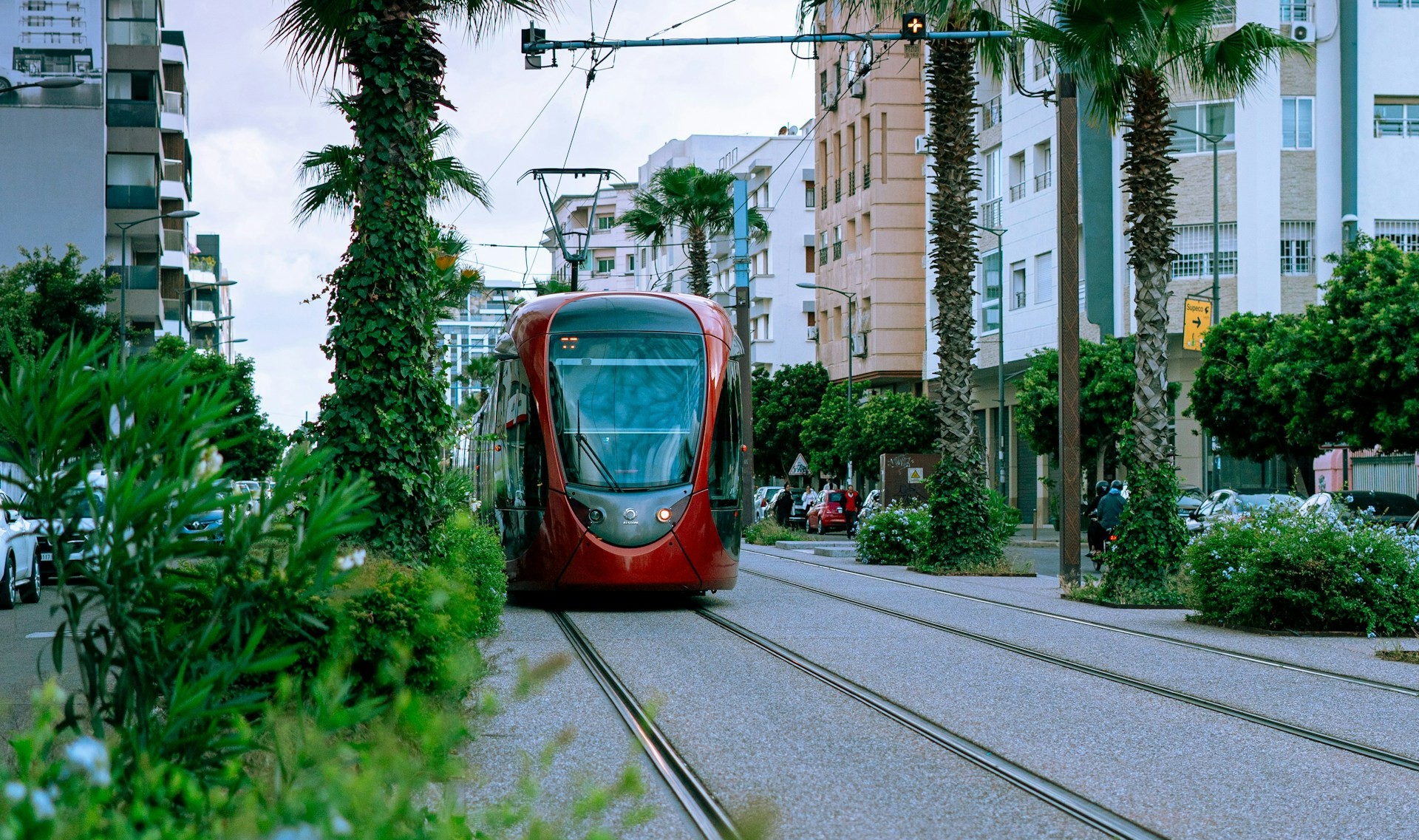Casablanca – Recent reports from the High Commission for Planning reveal a significant rise in Morocco’s unemployment rate, which surged from 12.9% to 13.7% in the first quarter of 2024. This 0.8 percentage point increase has raised alarms, particularly threatening the livelihoods of many young Moroccans and posing a significant challenge to the government’s efforts to reduce unemployment and create job opportunities.
Key Figures and Demographic Impact
The number of unemployed individuals increased by 96,000, with urban areas accounting for 59,000 and rural areas for 38,000, bringing the total number of unemployed to 1.645 million people nationwide. This rise is particularly alarming among specific demographics:
– Youth aged 15 to 24: Unemployment in this group exceeds one-third, standing at 35.9%.
– Degree holders: The unemployment rate is 20.3%.
– Women: The rate among women is 20.1%.
Economic Factors Contributing to Unemployment
Several factors have contributed to this increase. The ongoing six-year drought has severely impacted the agricultural sector, Morocco’s largest employer. Additionally, inflation has eroded citizens’ purchasing power, leading to decreased demand for various products and services.
Government Challenges and Initiatives
The government’s goal to create one million job opportunities by 2026 and increase the female labor participation rate to 30% appears increasingly difficult to achieve, especially since the current participation rate is only 19%. Moreover, efforts to reduce the unemployment rate below 11% have not been successful, raising questions about the effectiveness of past measures.
The loss of 200,000 jobs, out of the one million promised, was primarily due to unpaid positions in rural areas, directly linked to consecutive years of drought and harsh climatic conditions.
Sectoral Contributions and Job Losses
The report from the High Commission for Planning noted significant job losses in the agriculture, forestry, and fishing sectors, which lost 206,000 jobs. However, other sectors have seen some growth:
– Services sector: Added 63,000 jobs.
– Industry, including traditional industry: Added 34,000 jobs.
– Construction and public works: Added 25,000 jobs.
Overall, there was a net loss of 80,000 jobs when considering the entire economy.
Economic Growth and Investment
Despite these challenges, the first quarter of 2024 saw an economic growth rate of 2.9%. However, this figure is modest compared to the anticipated annual growth cap of 2.1%, primarily due to the drought and the lowest agricultural yields in years, projected at 25 million quintals of cereals.
Need for Strategic Measures
Experts argue that to address this crisis, it is essential to achieve water and energy sovereignty to foster substantial economic growth and reduce unemployment. Additionally, there is an urgent need to revisit public-private sector partnerships and youth employment programs. Enhancing productive investments, particularly in “free zones,” could stimulate the creation of sustainable job opportunities.
Entrepreneurship and Financial Support
Promoting entrepreneurship and individual projects is seen as a viable approach to stimulate self-employment. However, funding programs remain limited, and financial institutions are hesitant to take risks with new entrepreneurs. Many small and medium enterprises struggle to integrate into value chains due to prioritization of large enterprises and stringent risk policies. The lack of follow-up and management support during financing stages has led many small businesses to bankruptcy.
The rising unemployment rate in Morocco highlights significant economic and structural challenges. Addressing this issue requires comprehensive and multifaceted strategies, focusing on sustainable job creation, enhancing investment productivity, and fostering entrepreneurship. Only through such measures can Morocco hope to reduce its unemployment rate and ensure economic stability and growth.
